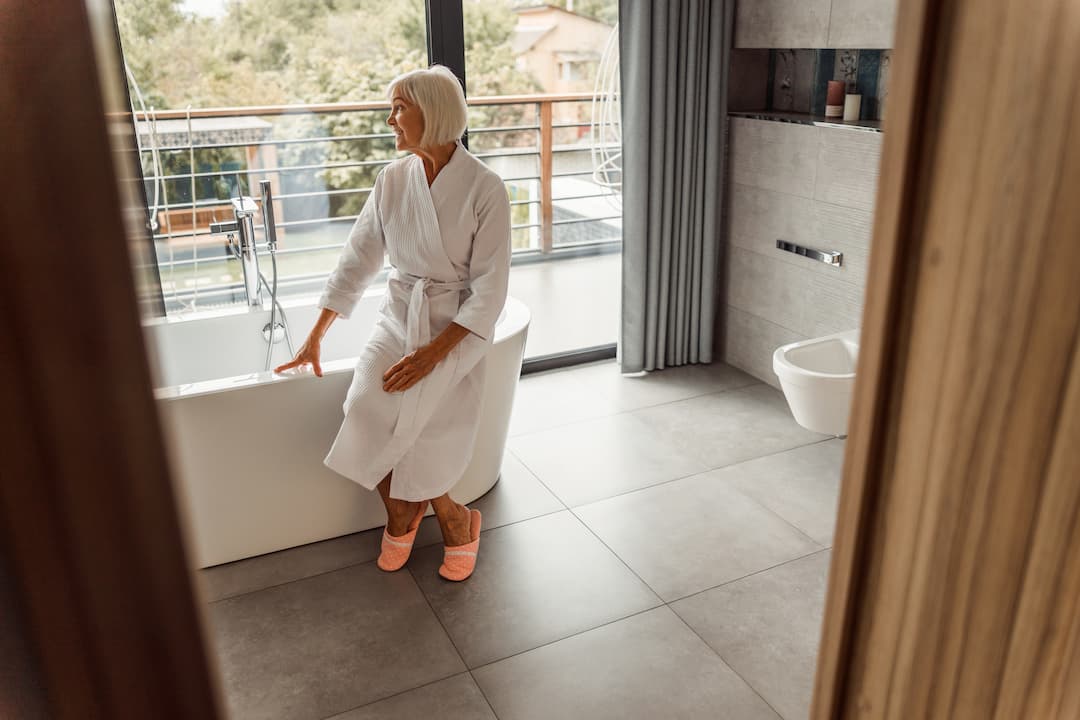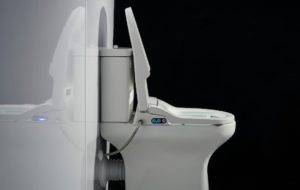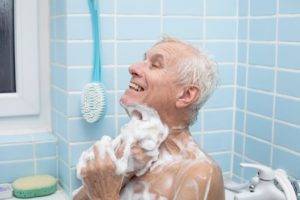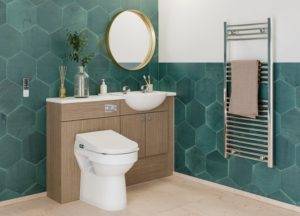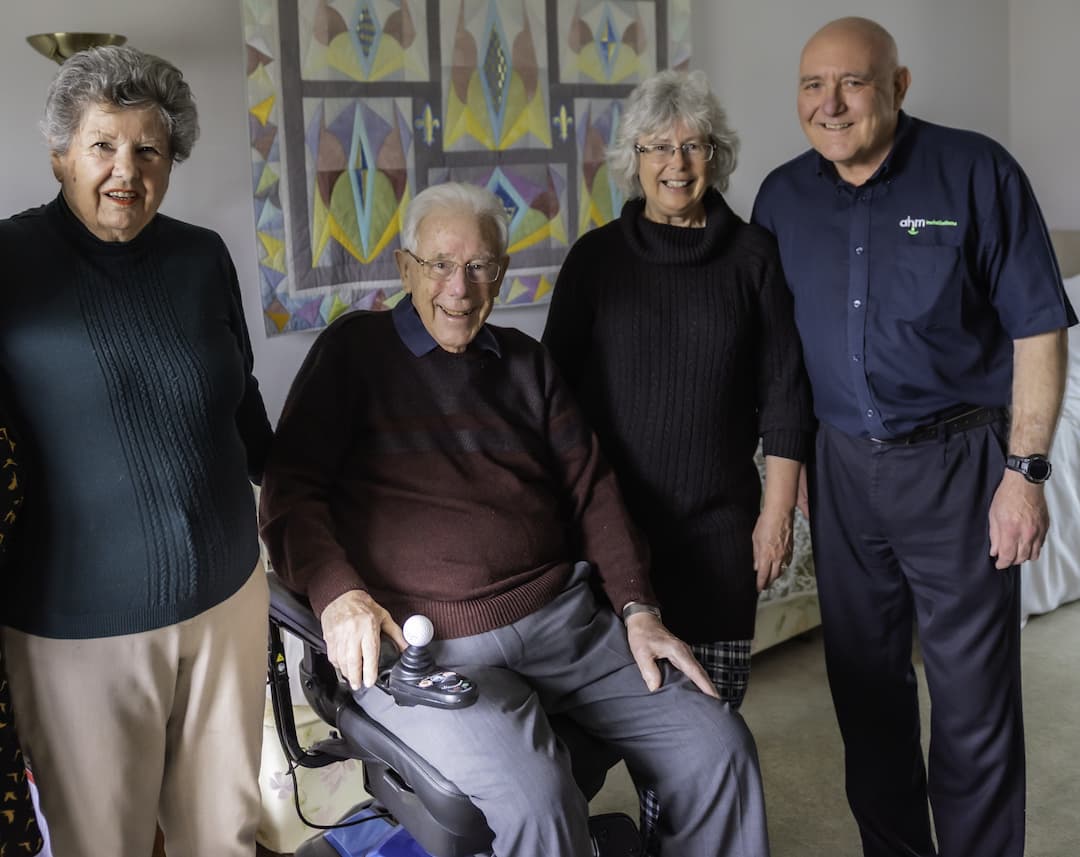People with mobility issues can shower safely with the right adaptations. Some people will be able to manage independently, whereas others might need a little extra help. The bathroom can be a hazardous place. Therefore, we’re going to share a few different things you can do to help those with limited mobility shower with confidence.
Hazard Awareness
The first step to making it easier for people with mobility issues to shower is to identify any hazards. You should start by checking that the flooring is safe and not slippery. Next, take a look at the shower or bath. You’ll need to ensure that the base has good grip and that access won’t require too much of a step up. It’s also a good idea to assess the size of the bathroom and whether it’s going to be easy to walk around the room safely without assistance.
Home Adaptations
Your hazard awareness assessment may have brought to light a few issues. Bathroom adaptations can be done in a manner that suits the needs of each individual. So, if you’ve discovered that your shower tray is too high, you can have a lower, walk-in shower fitted. Or, if you’ve realised that you’re relying on your bathroom fixtures for support when walking around, you might want to invest in a few grab rails.
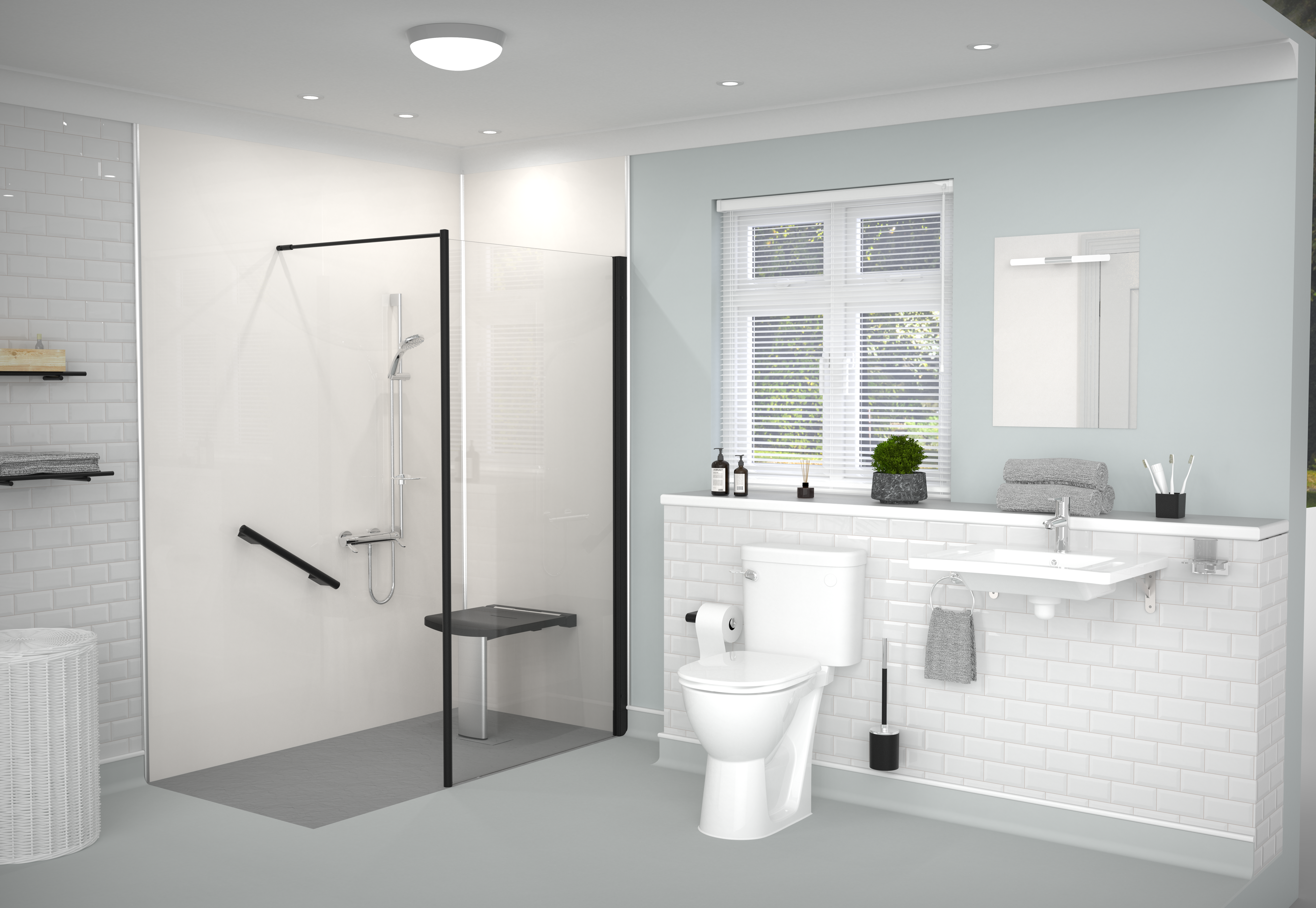
There are many things that can be adapted to make showering with mobility issues easier. Whether it be a walk-in shower, walk-in bath, shower toilet or any other feature, the team at AHM can upgrade your bathroom to ensure it’s safe for you to use.
Showering With Mobility Issues
We believe that the safest way for those with mobility issues to shower is to install a walk-in shower. This could be part of a wet room or could be a standalone unit. The benefit of a walk-in shower is that there’s no steps, which significantly reduces the likelihood of trips and falls. Grab rails are easy to fit in these showers, and can be placed in exactly the right places to suit your needs. If you have trouble standing for the duration of your shower, you can also fit a fold-away seat. These seats are also useful for those who use a wheelchair, as it makes the transfer between the shower and wheelchair much easier.
Bathroom Adaptations To Meet Your Mobility Needs
To ensure that your bathroom is as safe as possible, you need to consult an expert. While non-slip mats are a simple fix that can make an improvement, we wouldn’t recommend fitting your own grab rails or shower seats. These adaptations need to be fitted properly to ensure that they’re safe. You also benefit from professional knowledge and guidance, as well as a bespoke finish. This means that your adaptations will be fitted to suit your mobility needs, height and weight.
For Walk-In Showers, Choose AHM Installations
We are experts at designing, supplying and fitting disabled bathrooms. Our mission is to provide safe bathing products to those with additional mobility needs that are stylish, reliable and affordable. If you need to change the layout or functionality of your bathroom to suit your disability, get in touch with us today. We operate throughout the UK and have a team of friendly bathroom experts that can transform any space.

